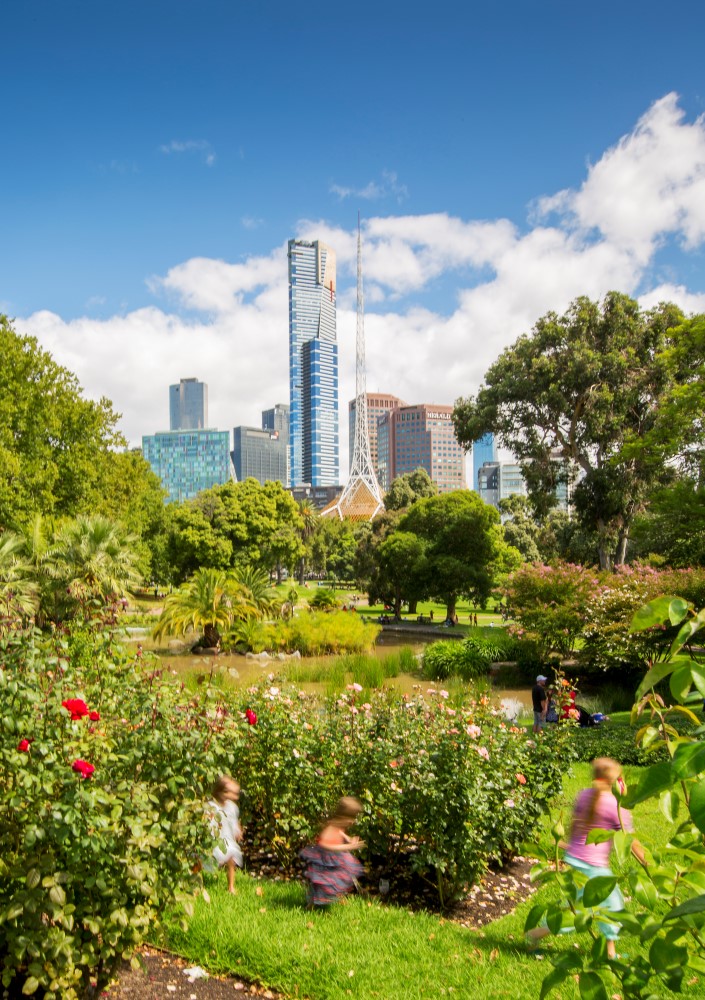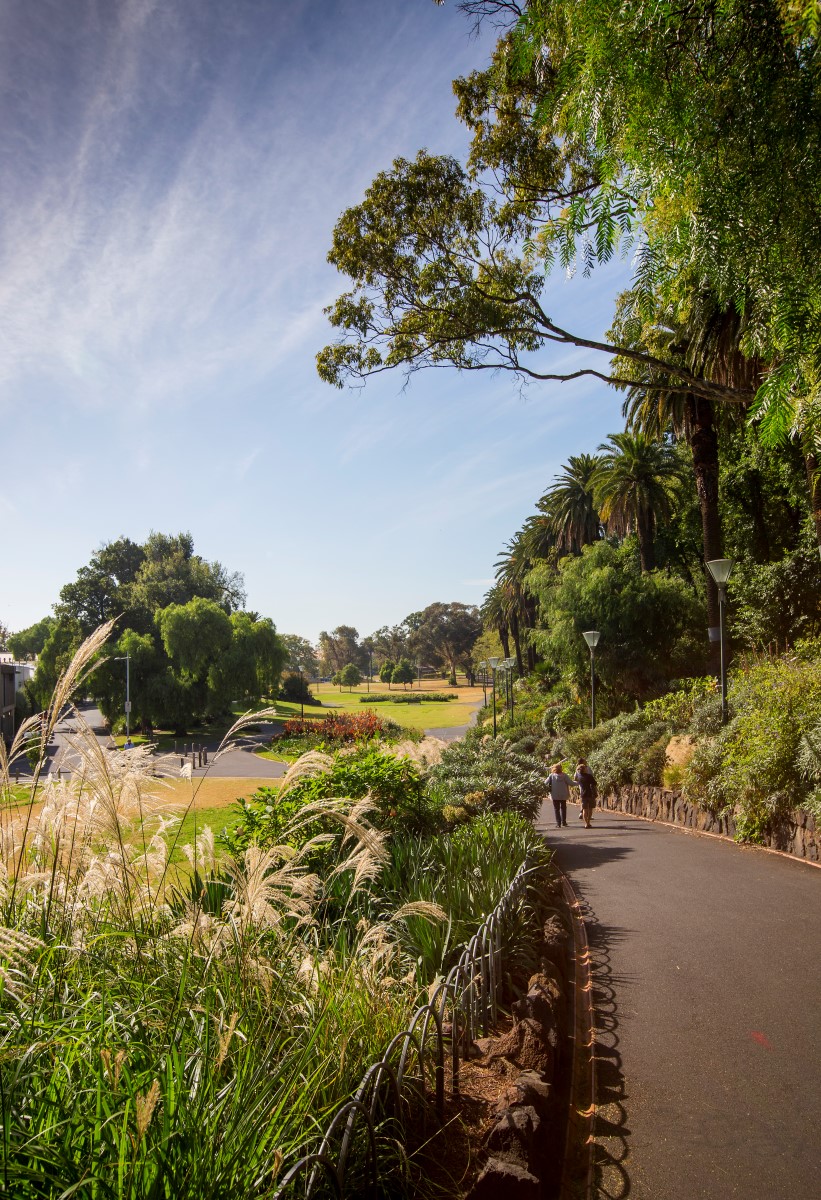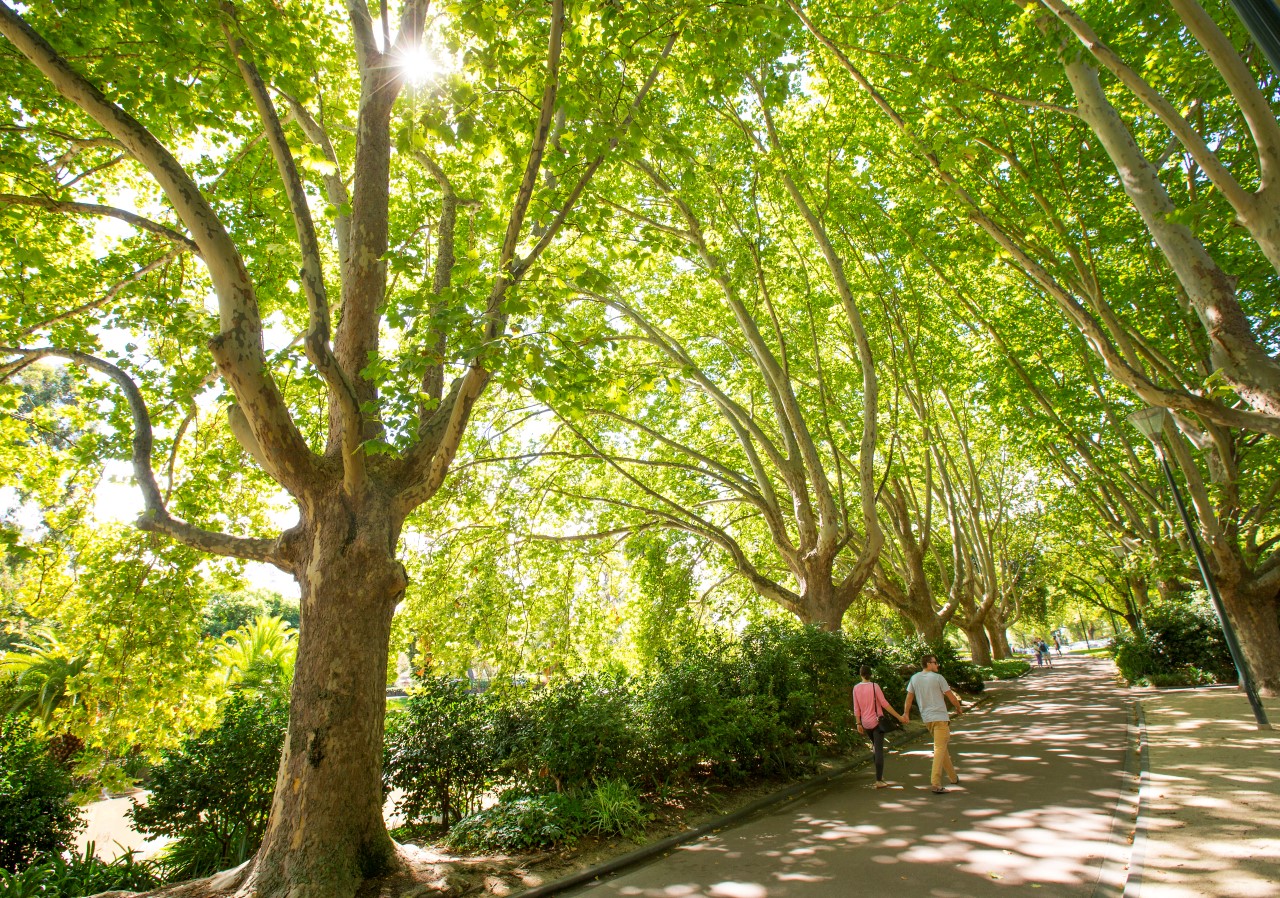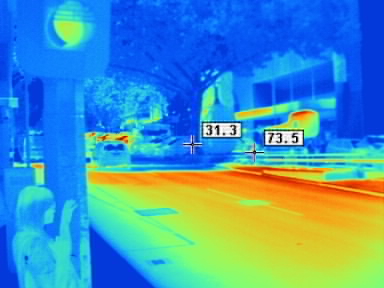Glossary
The glossary explains technical terms that are used in the Urban Water case studies.
Some of the approaches to sustainable management of water can be complicated, such as stormwater harvesting technology and biofiltration. We have explained our projects in simple terms where possible, but in some instances the use of technical terms is required. This glossary section provides definitions for technical terms.
Click on a term below to see the definition

